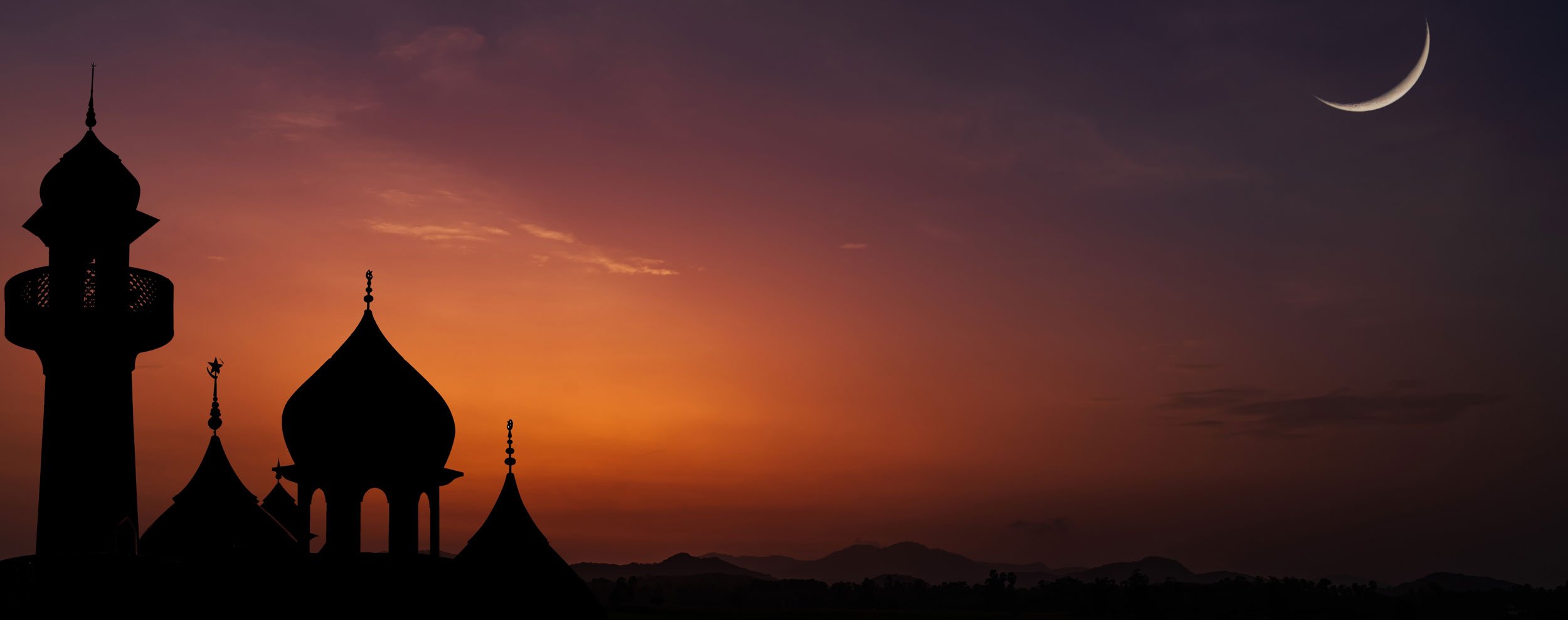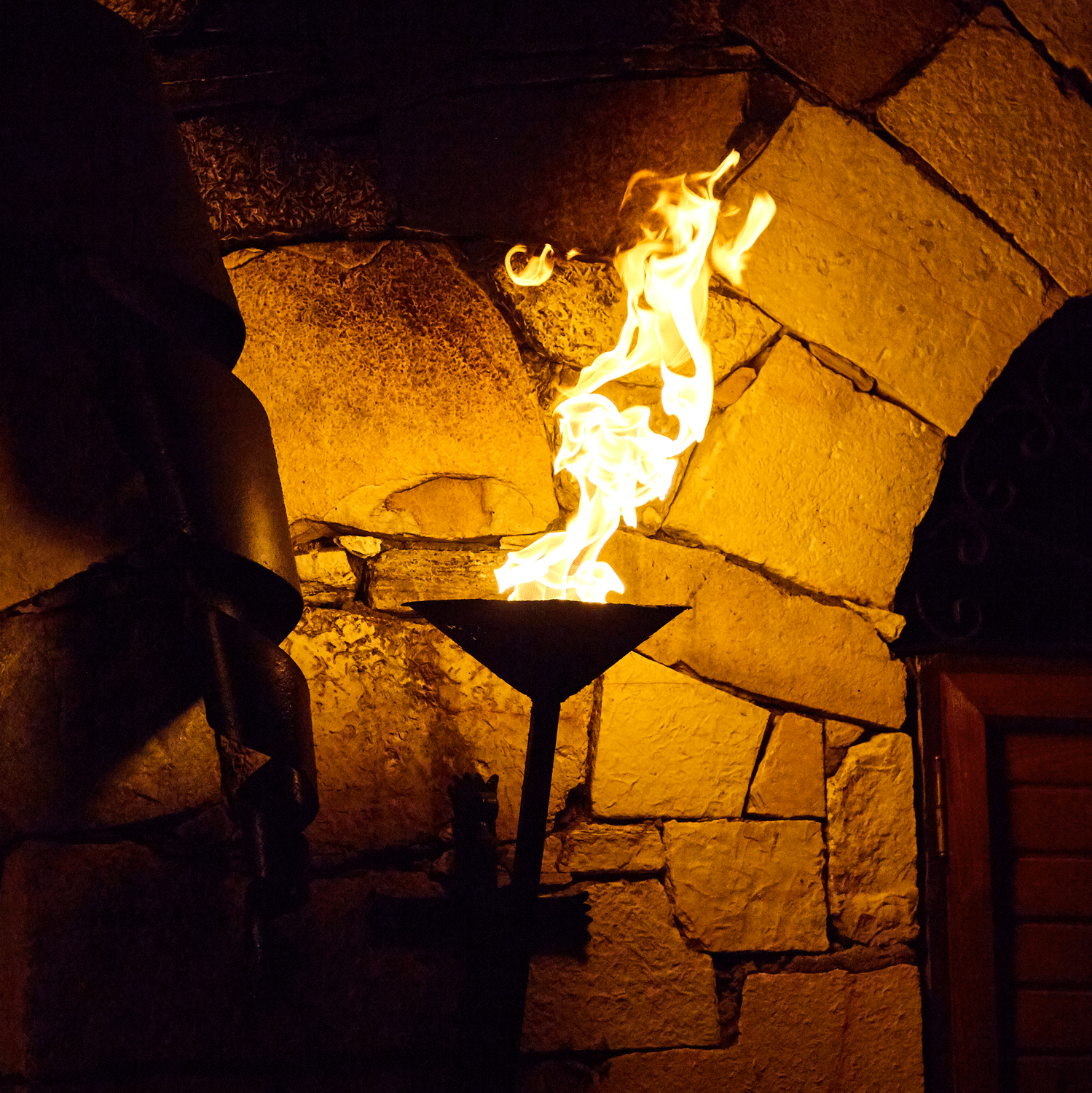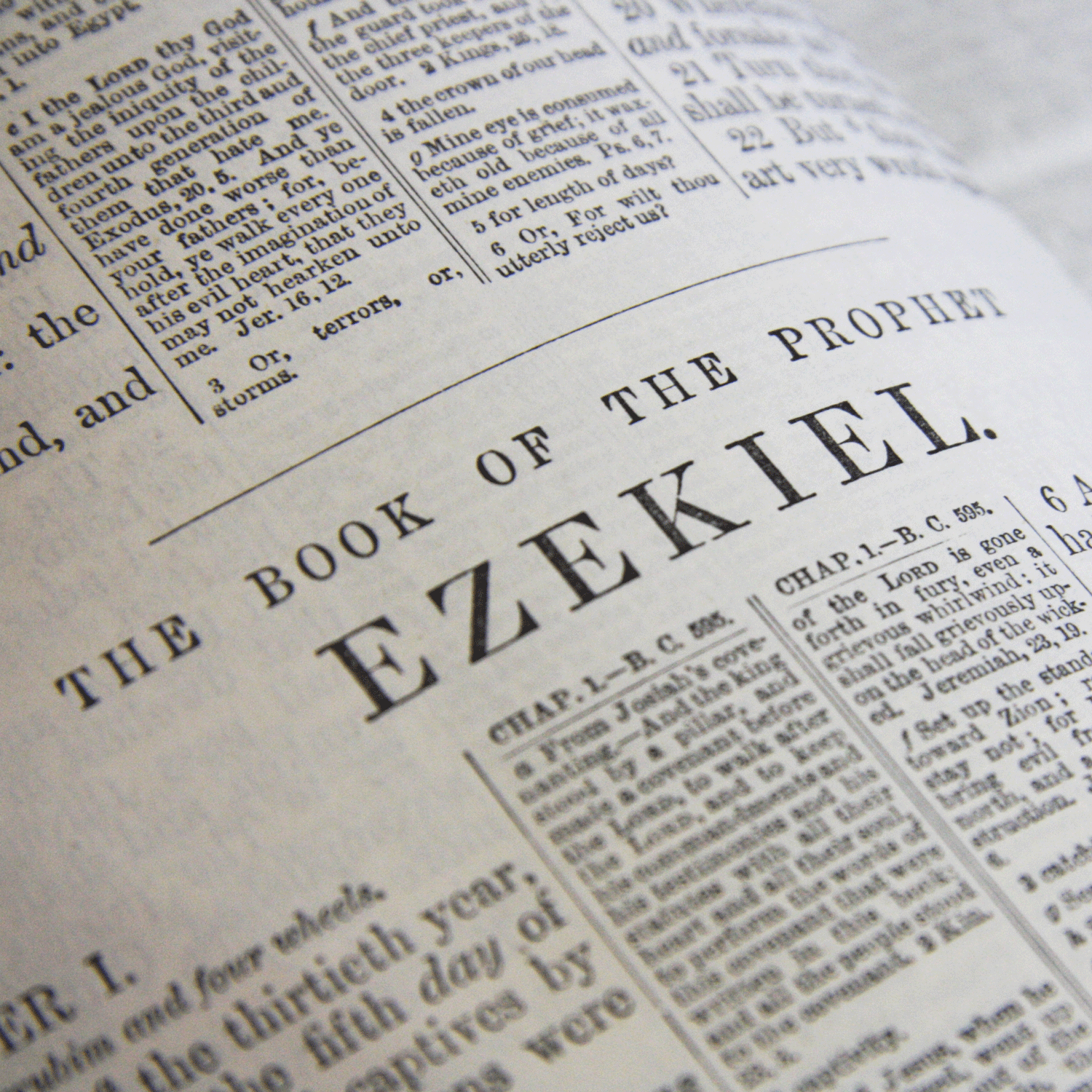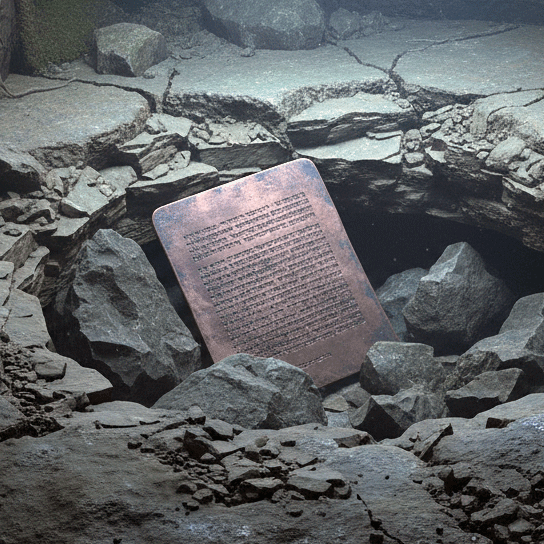
Book 1:
The Babylon Code
An Adventure Novel
Based on a True Story . . .
An Ancient Quest
For almost three thousand years, adventurers have been searching for the Lost Ark of the Covenant. Shrouded in mystery after its disappearance in a time of danger, this sacred relic has inspired generations of fortune hunters to follow the clues to its resting place. But where could that be? From the sands of Egypt to the green hills of Judea and the rugged mountains of Jordan, archaeologists have explored secret chambers, manmade tunnels and remote caves on a quest to discover the greatest lost treasure of all time. Revered in the Judeo-Christian tradition as the literal and symbolic presence of the divine, and by mystics as the sacred feminine womb of creation, the Lost Ark continues to inspire those who believe in the dream of a better world.
A Secret Code
Is it possible that the Lost Ark’s hiding place was recorded on an ancient treasure map, to be revealed in a new era of peace and unity? As improbable as it seems, an ancient legend inscribed on a set of stone tablets describes exactly such a treasure map. In 1947, French archaeologist Jean Starcky discovered a set of stone tablets—known today as the Ezekiel Plates—engraved with a story about a lost treasure map made of copper that will reveal the Lost Ark’s hiding place on the day of the “coming of the Messiah.” But is there really an ancient code that has to be deciphered before the treasure map can be understood, as the legend suggests?
A Lost Treasure Map
Four years later, when Starcky learned that a treasure map made of copper had been found in a Dead Sea cave, he abruptly left his teaching position in Paris and joined the Dead Sea Scrolls research team. Astonished to learn that this treasure map listed sixty sites of buried gold and silver and sacred artifacts, Starcky spent the next decade working to solve the mysteries of the Dead Sea Scrolls. While the Catholic leadership of the Dead Sea Scrolls team publicly downplayed the importance of the so-called Copper Scroll, a maverick British archaeologist named John Marco Allegro joined the team that same year and began a search for the Copper Scroll treasures that continues today.
In the Valley of Shadow
After publishing the first translation of the Copper Scroll in 1960, Allegro began searching for its treasures at a pair of tunnels in the Judean Desert. Located in a remote canyon known as the Valley of Shadow, the tunnels had been dug in the sixth century BCE to a depth of hundreds of feet beneath the desert. But after a sudden, violent storm destroyed his archaeology camp, Allegro began searching at some of the more hospitable sites listed on the Copper Scroll.
At a Place of Darkness
Forty years later, Israeli archaeologist Oren Gutfeld began a project to finish the excavation work that Allegro had begun in the Judean Desert tunnels. After twenty years of seasonal work, Gutfeld’s team completed the excavation and began using ground-penetrating radar to search for hiding places inside the tunnels. Amazed when the radar detected cavities at the base of each tunnel, Gutfeld invited a group of dignitaries to witness the final round of excavation. But then disaster struck again—a global pandemic and the worst regional war in generations prevented him from returning for the next five years.
Everything Will Be Revealed
When archaeology work finally resumes at the Judean Desert tunnels, will anything important be found at this forbidding location in the Valley of Shadow? If the Lost Ark’s hiding place could somehow be found, what would that mean for our struggles with wars, global disasters and disease? Could the Lost Ark—a unique symbol of unity between the divine and mortal and the masculine and feminine—help lead us to a better world? As the remarkable archaeologist Allegro taught us more than sixty years ago, this legacy of our shared past could perhaps serve as a “bridge to peace” that might help to restore the ancient dream of unity and common purpose.


















